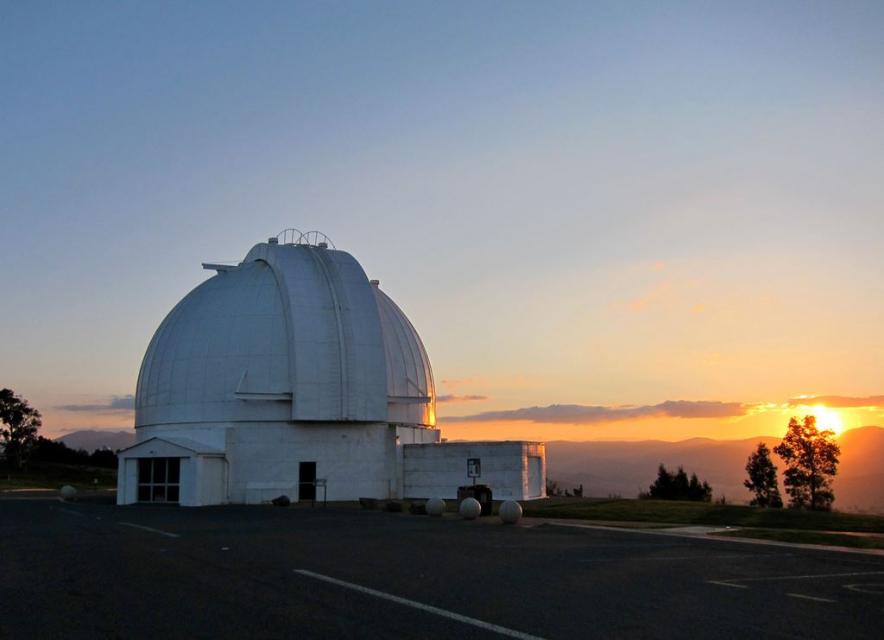Release of report on gender access and equity at RSAA

The Research School of Astronomy and Astrophysics Access and Equity Committee (RAEC) was formed in March 2013, following the release of the Australian Academy of Science Early and Mid-Career Researcher (EMCR) Forum position paper on “Gender Equity: Current Issues, Best Practice and New Ideas” (PDF, 177 KB).
In order to better understand and address gender equity issues at RSAA, RAEC applied for an Australian National University Gender Institute grant to employ two science students to generate a report on gender equity in consultation with RAEC members. Over a period of 4 months, PhD students Shaheen Iqbal (RSAA) and Timothy Jones (RSES) performed extensive background research on gender equity in science institutions in Australia and abroad, and reviewed existing ANU policies. In consultation with Céline d’Orgeville, chair of RAEC, they formed recommendations for the RSAA Director on ways to improve gender equity at the school.
Shaheen and Tim presented the results of their research and preliminary recommendations on 14 February 2014 during a one-hour seminar at Mount Stromlo Observatory, sponsored by RSAA and the ANU Gender Institute. A recording of this presentation, together with the presentation slides, is available here.
A final report, titled “Gender Access and Equity at the ANU Research School of Astronomy and Astrophysics: Review, Recommendations, and Implementation” (PDF, 2.6 MB), was delivered to the RSAA Director on 6 March 2014. The report points out the small proportion of female academic staff (20%), professional staff (33%), and students (11%) working at the school (based on 2012 data). Of special concern are the critically low numbers of senior female academic (Level D: 0 out of 4; level E: 1 out of 12, in 2012) and female technical staff (2 out of 24 in 2012), as well as the number of women among academics employed on continuing positions (only 1 out of 19 in 2013).
The report also compares benefits currently provided at ANU with those provided at other Australian universities, and makes suggestions on practical ways to bridge the gap where it exists.
Finally, the report provides a list of actions which the RSAA Director has agreed to implement with support from RAEC in order to enhance gender equity at RSAA. Measures that will be implemented immediately include:
- Request family-friendly hours (9:30am-2:30pm) for regular and important meetings;
- Initiate a formal mentoring program for all staff;
- Split the colloquium budget 50/50 between male and female invited speakers;
- Require a minimum of 33% representation of both males and females on important committees (e.g. budget and staffing-related);
- Modify the RSAA hiring policy to ensure equal representation of male and female applicants on all candidate short-lists (with special exemptions to be sought from the RSAA Director when this cannot possibly be satisfied);
- Advertise existing, under-used benefits at ANU and RSAA; and
- Introduce new RSAA-specific policies to supplement existing ANU policies, such as setting aside $15,000 p.a. for special case and emergency child care, and $35,000 p.a. to fund Return to Work fellowships.
A more detailed list of recommendations may be found in section 3 of the report.
